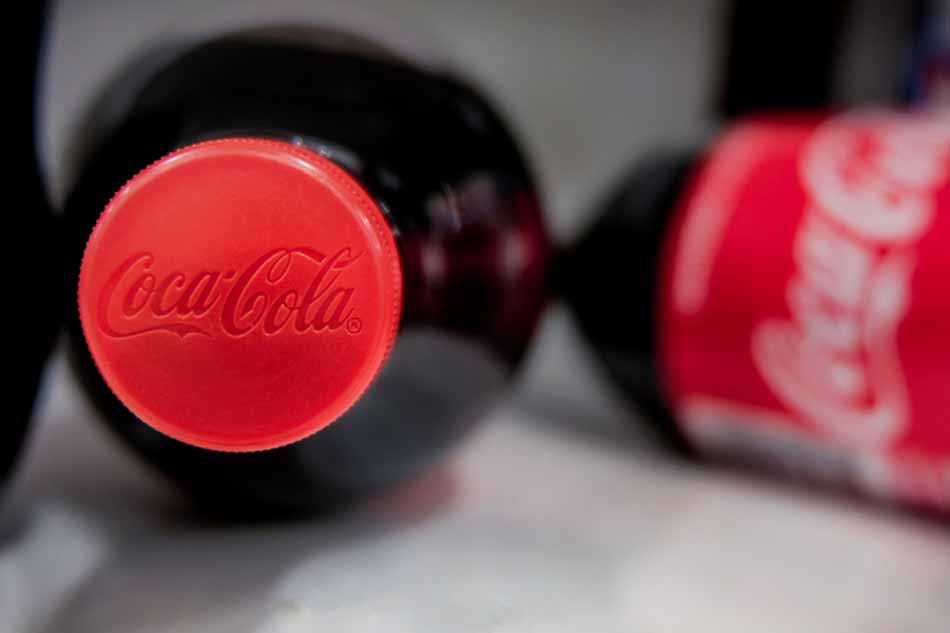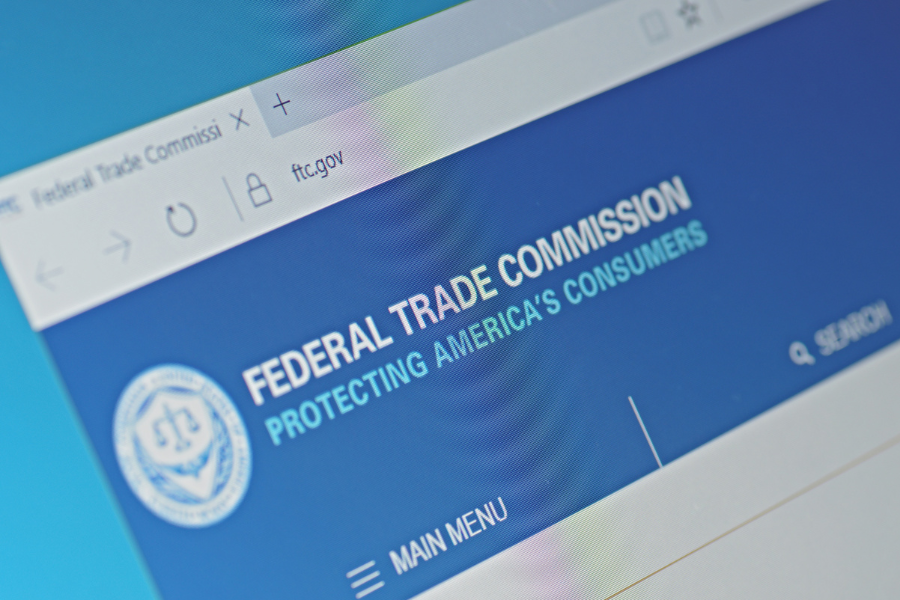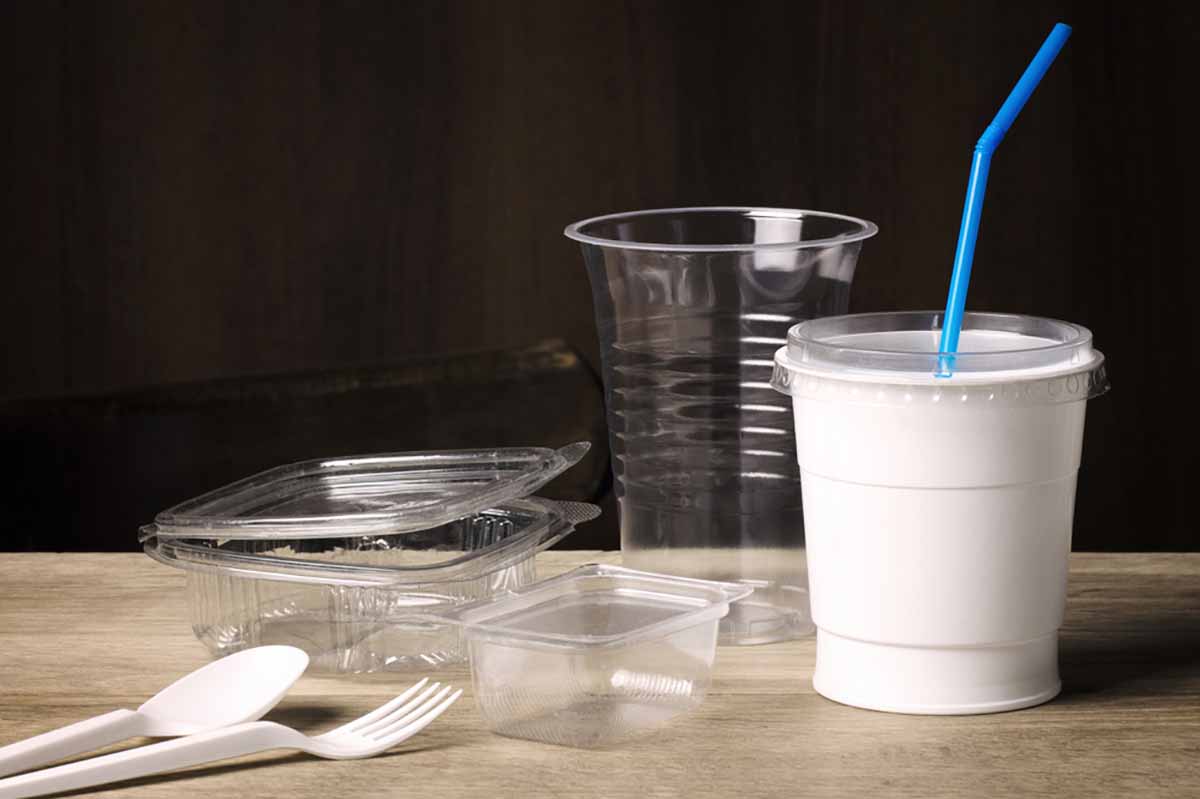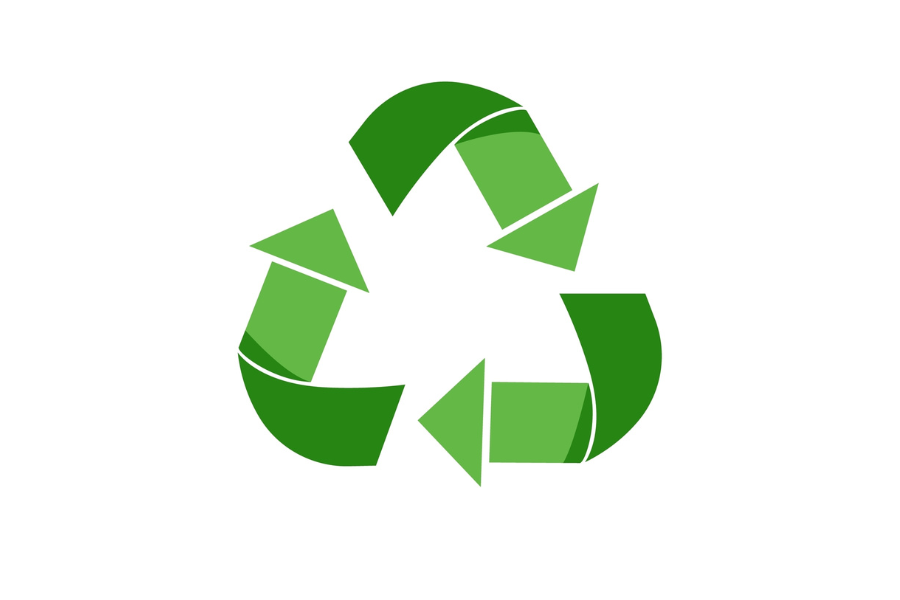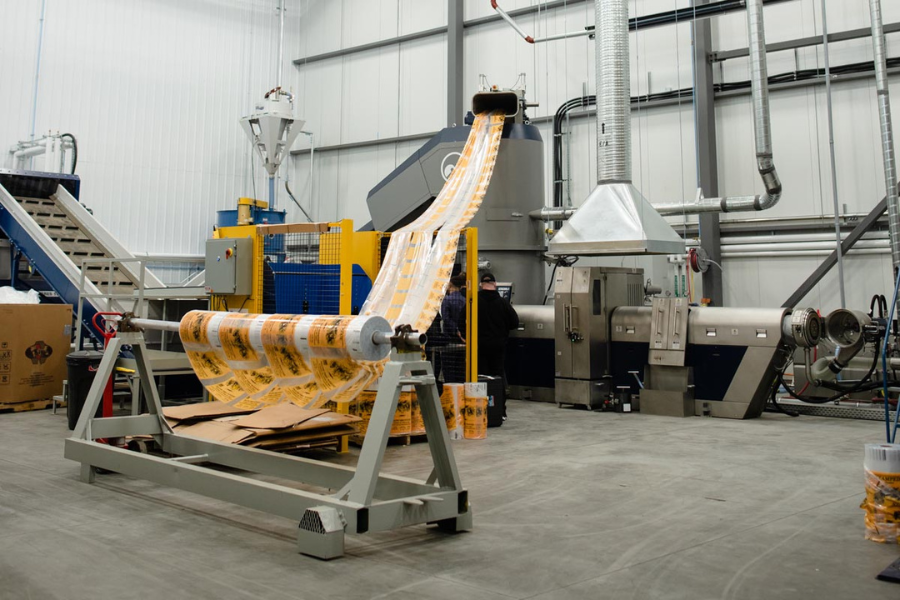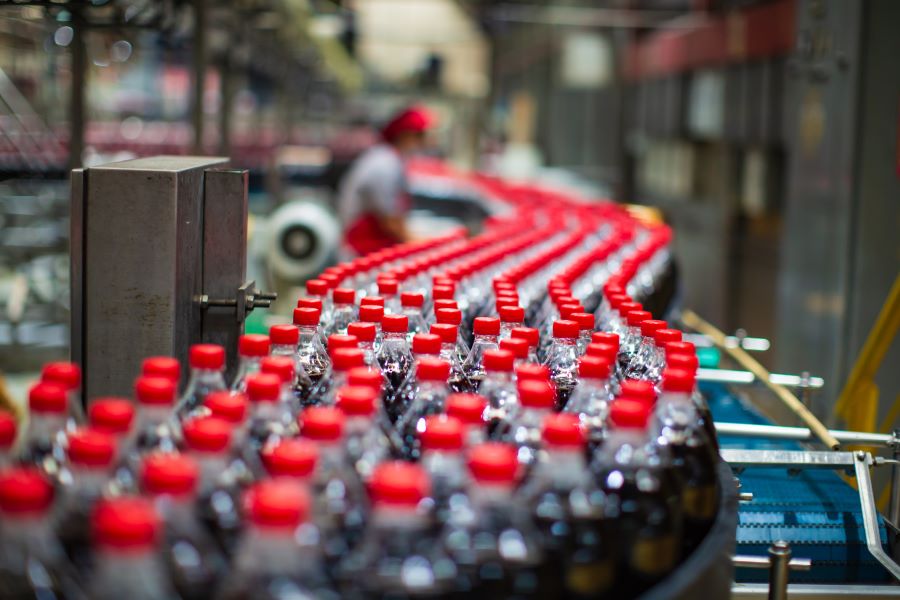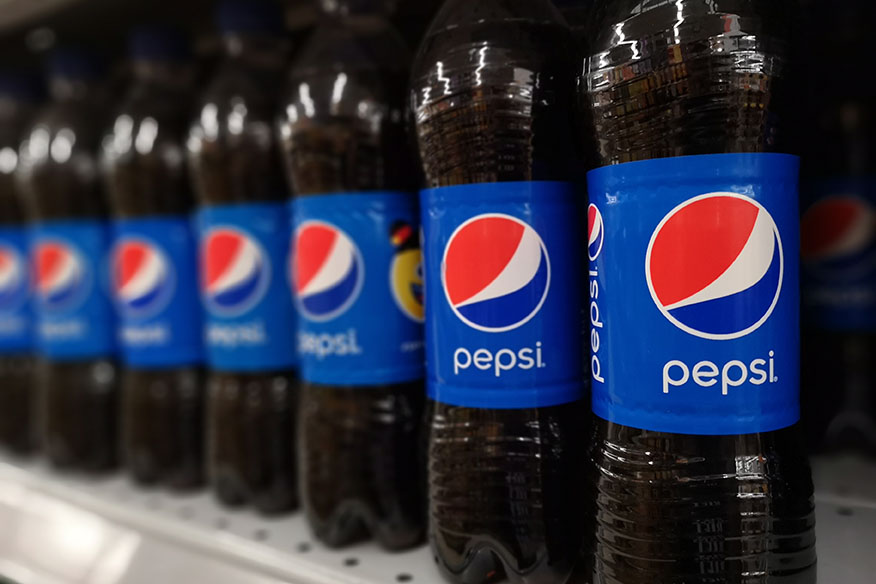
LyondellBasell announced progress on its production of recycled polymers, and Sonoco announced it used 10% recycled content in its plastic packaging last year. | Madam F/Shutterstock
Two major companies, plastics producer LyondellBasell and packaging manufacturer Sonoco, recently published sustainability reports. The following are their plastics recycling takeaways. Continue Reading


